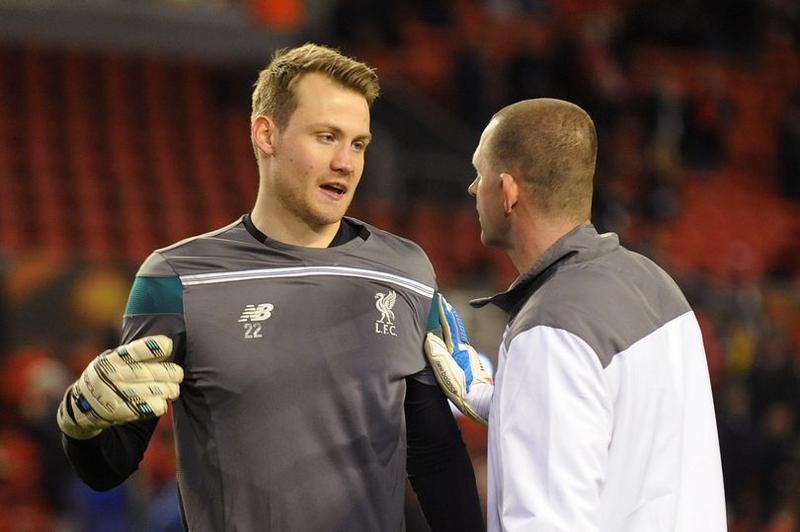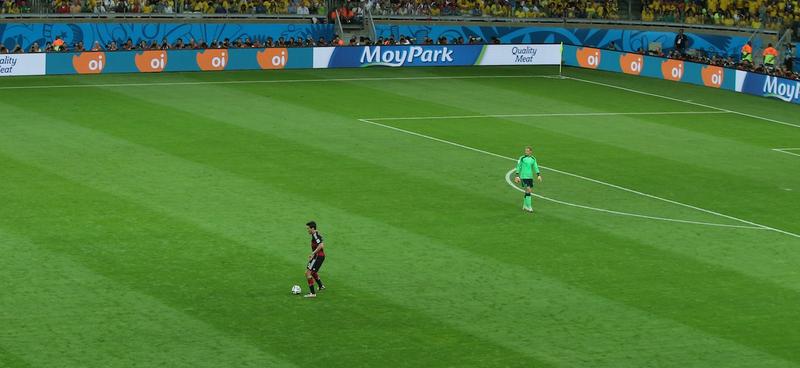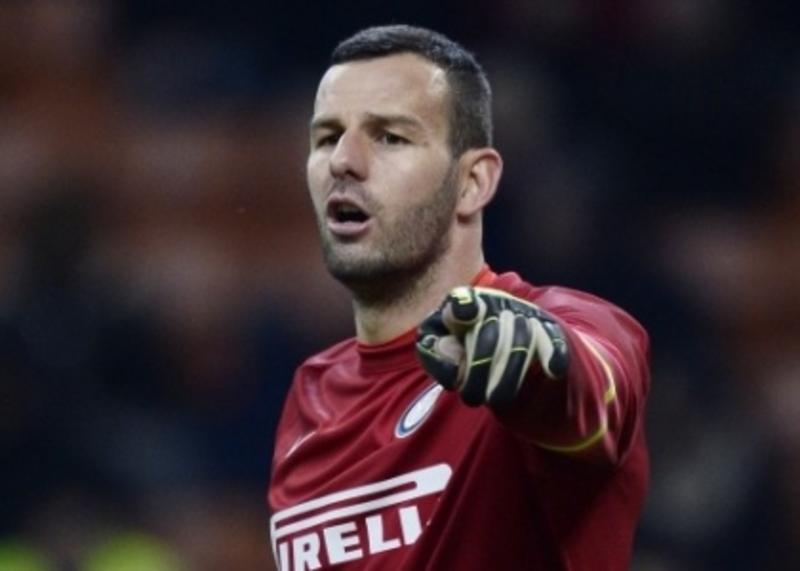Orders Placed by 1:00pm EST (M-F) Ship Same Day!!!

- 860-904-7679
- |
- |
- |
- help
- |
- about
Orders Placed by 1:00pm EST (M-F) Ship Same Day!!!

As the game evolves, so too must the goalkeepers’ role. Today's keepers are no longer confined to the goal area but are instead expected to play an active and integrated role throughout the game. As a result, a keepers' ability to meet the current demands of the position is determined in good measure by his or her ability to both understand and control the space behind the back line. To do this effectively involves not only supporting the play and preventing dangerous penetration of the defense, but also the ability to initiate and support the attack.
At the most basic level the foundation of skills needed for a goalkeeper to effectively control the space behind the back line is three fold and includes a tactical understanding of the game, the ability to move in all directions and the technical skill to handle a variety of balls without the use of the hands.
1) Tactical understanding of the game
To make appropriate decisions as to when and how to advance into the field to support the play and when to recover back to protect the goal, goalkeepers must understand what is happening in front of them. As well as determining the keepers positioning, understanding the game enables the goalkeeper to communicate tactical adjustments to the team. The ability to communicate these directions is essential in adjusting to, and preventing, dangerous situations from developing. While communication of this information may not directly go on a stat sheet, done correctly it has a significant impact on the goalkeepers’ presence on the field and how many and how dangerous scoring opportunities allowed during a game are.
2) Movement
It is the goalkeepers’ ability to move with varying pace in all directions and transition quickly between them that enable vertical and lateral movement into the field and recovery back to goal area. It is important to note that all keepers are not the same in this regard and the knowledge of one’s individual strengths and limitations and the ability to play within them is essential. A keeper who can move quickly into the field but has limited ability to move back becomes a liability if he or she does not understand this. Both Manuel Neuer and Tim Howard arguably excel at controlling the space behind the back line. However few would say that their play is the same. Instead each does so in ways that play to their individual strengths and abilities.
3) Technical ball skills
The ability to control and play the ball without the use of the hands is essential for today’s goalkeeper. Comfort with the ball allows a keeper to be utilized as part of the play both inside and outside of the box to prevent penetrating balls, relieve pressure on the defense and initiate the attack. While entertaining to watch most coaches today would not allow their keepers to roam the field as freely as Jorge Campos once did. However today's keeper must at a minimum be comfortable and confident in their ability to receive and play balls that are passed back, have the ability to intercept and control less predictable balls and put both appropriately back into play.
SUMMARY
It is the combination of tactical understanding, technical ball skills and physical movement ability that determines how each keeper moves within and controls the space behind the back line. The better this area is understood, and controlled, the more impact the goalkeeper has on initiating and supporting the teams attack, organizing play and transition and preventing dangerous penetration by the opponent. The goalkeeper who is able to do these things effectively can have a significant impact on the game and becomes a vital part of the team at all phases of play. Training today's keeper must therefore address all of these areas in multiple ways and on a consistent basis as an integrated part of training.
TRAINING SUGGESTIONS
Incorporate multi-directional movement – Vertical/Lateral/Angled
This can be done during both the warm-up and traditional training phase of a session.
Forward/Backward Run Shuffling - lateral and angled
Drop-step Crossover-step
Forward/Backward skips
Remember the ability to change between movement skills is essential and once the basic movement pattern is understood exercises should incorporate changes between footwork variations.
Integrate the goalkeeper(s) into training
When done properly this integration includes the keeper in the learning and training phase of tactical components of team play and allows for the understanding of team goals and individual player strengths, weaknesses and tendencies.
Sessions can also be set to encourage/require the keeper to develop comfort on and with the ball in general situations (i.e. possession play) and in functional situations such as receiving a back pass and re-starting the play. Keepers can be used in any number of ways outside the goal during a training session. For example they can be used as targets and must receive the ball without hands or in a possession game the ball must be played back to the keeper and restarted from them. Be creative, the more experience a keeper has in different situations the more adaptable they can be in a game.
Let them play and test their range
Encourage your keeper to experiment with and test his or her movement range and handling ability during training. Doing this will allow the keepers to both develop the confidence as well as the understanding of what they can effectively execute in a game.
Sarah Dwyer-Shick: DHC - Eastern NY Girls North ODP, NY Rush/Patriots Goalkeeper Coach
Improve your skills



Improve your skills



Leave a comment